On July 21, 356 B.C. a man subjected to torture confessed the reason for his crime to the executioner in the presence of the very King of kings, the Achaemenid sovereign of Persia Artaxerxes III.
He was not a pusillanimous monarch precisely because, according to the usual custom, he had ordered the assassination of a good part of his relatives to secure the throne, so he was not going to have contemplations with that stranger either.
The reason for the torment that he had applied to him was to find out what reason prompted him to set fire to the Temple of Artemis in Ephesus and the prisoner did not take long to give in, giving a somewhat surprising explanation:he wanted to achieve fame .
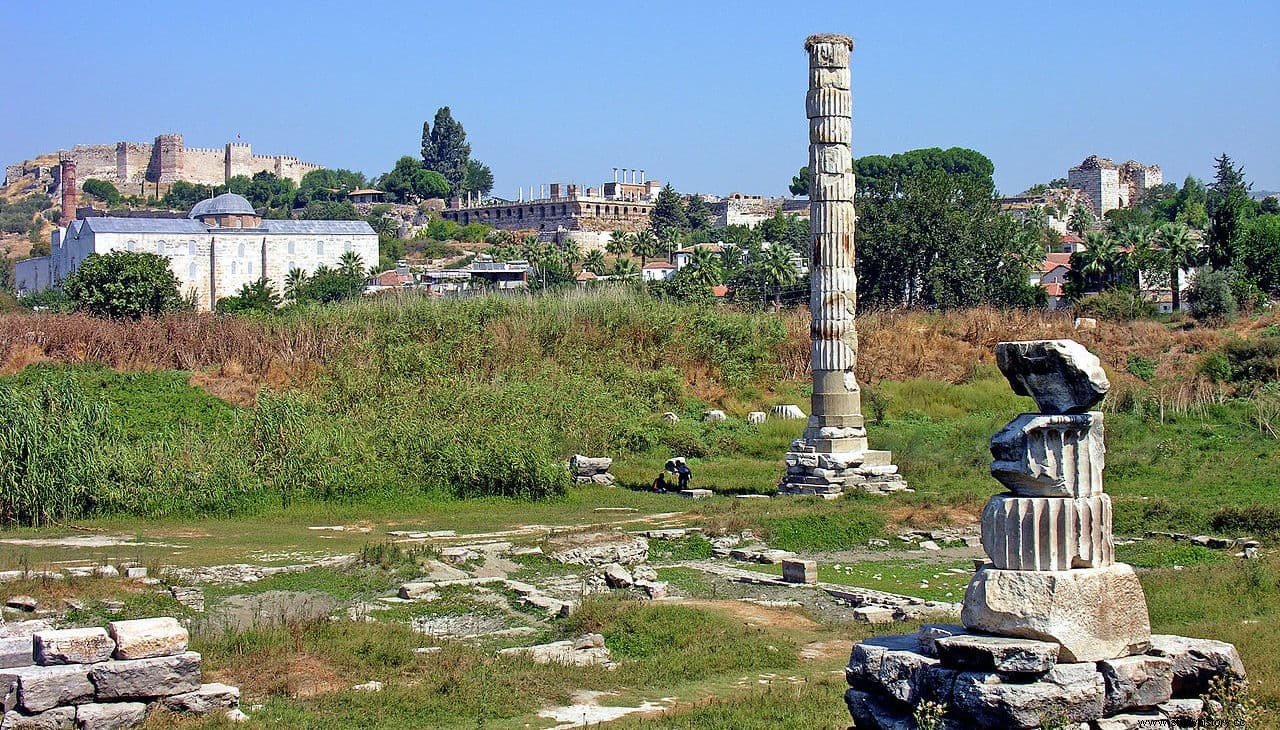
Getting noticed attempting against something or someone is a system that has been practiced for a long time, either with the simple and plain objective of achieving certain fame, or to propagandize an ideology or due to mental alienation; in this sense, the politicians and the celebrities they are cannon fodder, it is enough to remember the madman who shot John Lennon to perpetuate his name or the one who did it against Ronald Reagan.
But works of art have not escaped this either, and priceless masterpieces have been victims of this practice , as The Venus of the mirror (stabbed repeatedly by a suffragette), the Piedad by Michelangelo (broken with a hammer by a perturbed), The Mona Lisa (burned with acid), The Little Mermaid of Copenhagen (decapitated in acts of vandalism), etc. Some seem to particularly attract the attention of attackers, such as The Night Watch of Rembrandt or the aforementioned Gioconda , and have suffered more than one attack.
Probably the case of the Temple of Artemis was the first or, at least, the first that we know of thanks to the stories made by two historians:the Greek Theopompus in the 4th century BC (and that we do not know directly but through other sources, since all his work was lost, including the one where the reference appeared, the fifty-eight volumes of the Philippics ) and the Roman Valer Maximus in the 1st century AD
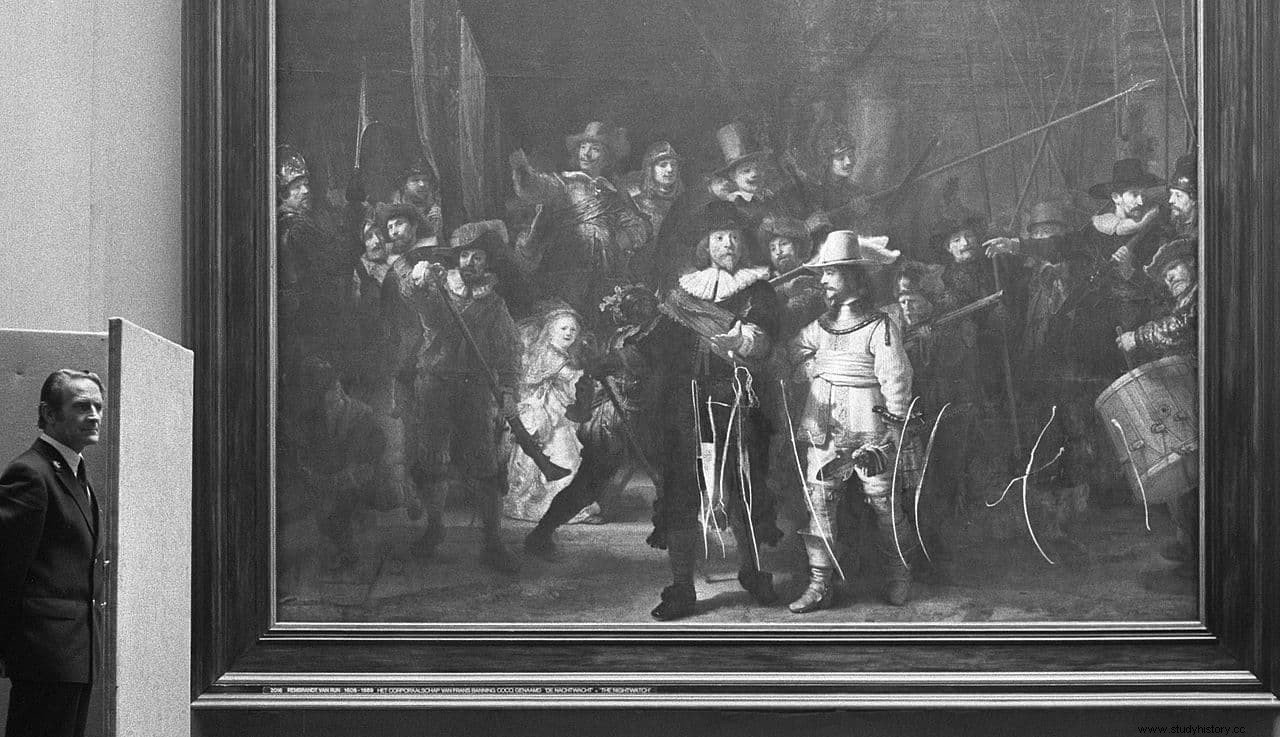
The latter wrote that "it was discovered that a man had planned to burn down the temple of Diana in Ephesus, so that by the destruction of the most beautiful of buildings his name would be known throughout the world." Also Strabo echoed the episode and later it would spread from word of mouth to other authors, among themCervantes , which quotes him in the Don Quixote .
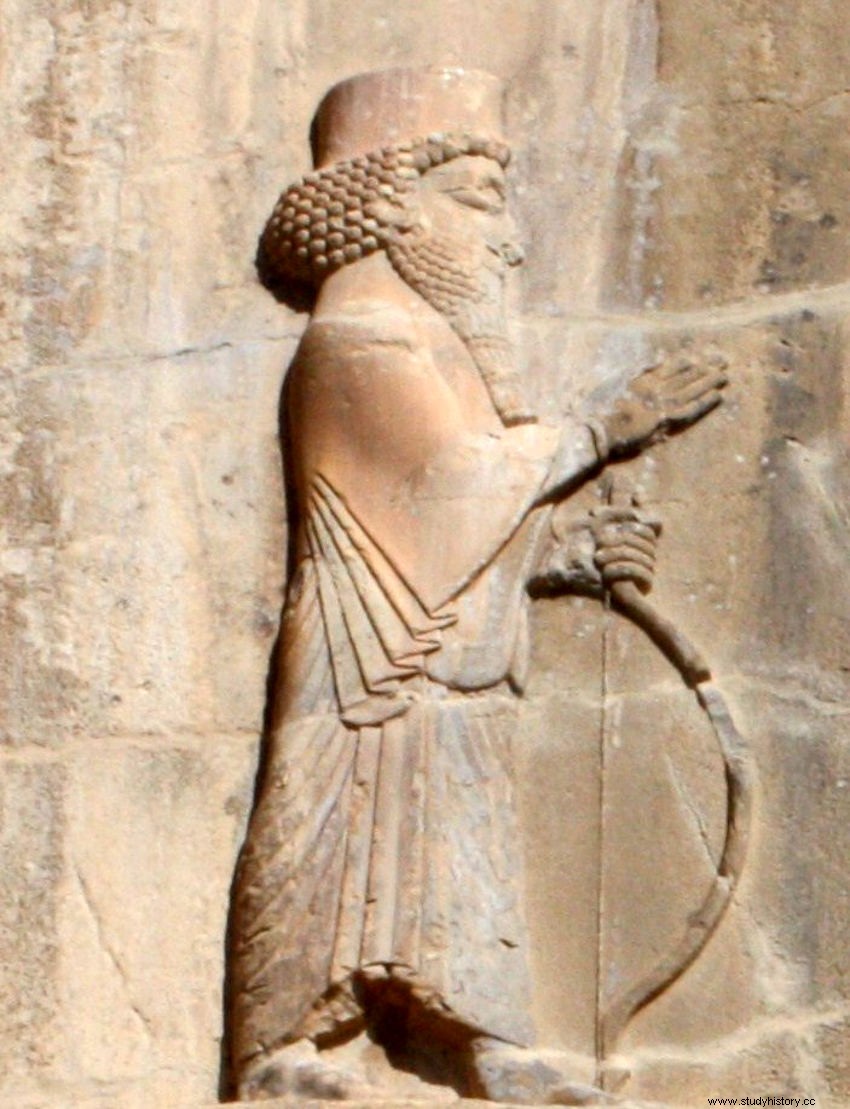
And although Artaxerxes prohibited under penalty of death that the name of the aggressor be registered to prevent him from achieving his objective, in the end the identity transcended because Theopompus did:his name was Eróstrato .
Of Eróstrato -which can also be written with an initial H-, there is hardly any biographical data, which leads us to deduce that he was probably of humble class , perhaps a slave, perhaps a shepherd, perhaps a foreigner visiting Ephesus.
The stories that circulate about him are apocryphal and unverifiable, like the one that attributes to him a desire for notoriety since childhood -even a birthmark that predestined him-, with a choleric but ascetic character that, however, did not prevent him from seeing himself rejected for the priestly profession for his low status, which would lead him to plot the incendiary revenge on him.
What the tradition says is that he set fire to the building the same night that Alejandro was born , the son of Philip of Macedon and Olympias, the one who would one day be designated as the Great; an event so prominent that even the goddess Artemis focused attention on it and did not bother to protect her own temple from her.
The flames devoured the beams and other wooden structures that supported the stone elements and the building was destroyed. It was the second, since the previous one, which dates back to the Bronze Age according to archaeological findings, had also collapsed three centuries earlier, although in his case due to a flood.
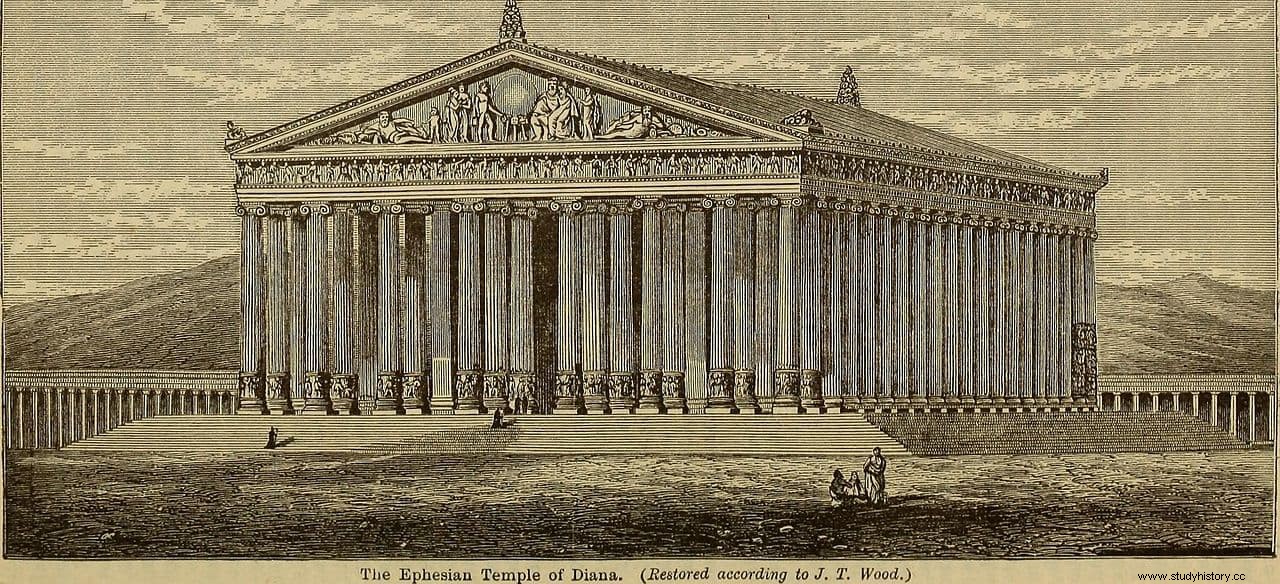
King Croesus of Lydia had commissioned the Cretan architect Chersiphon circa 560 B.C. and the second, an exact reconstruction, was carried out by Demetrius and Paeonius of Ephesus around 380 B.C. In other words, it would only remain standing for twenty-four years, although a third reconstruction was later carried out.
According to Pliny the Elder , the temple, known as Artemision , measured 115 meters long by 55 wide and had 127 Ionic columns 18 meters high, an authentic stone forest organized in a dipteran form (in two rows) except for the front, which was triptera (three rows) and the portico that reached four rows.
The superstructure was made entirely of marble and, inside, statues of Polykleitos and Phidias surrounded a courtyard where the altar was, breaking with the classical roofed cella; Finally, the reliefs were the work of Scopas.
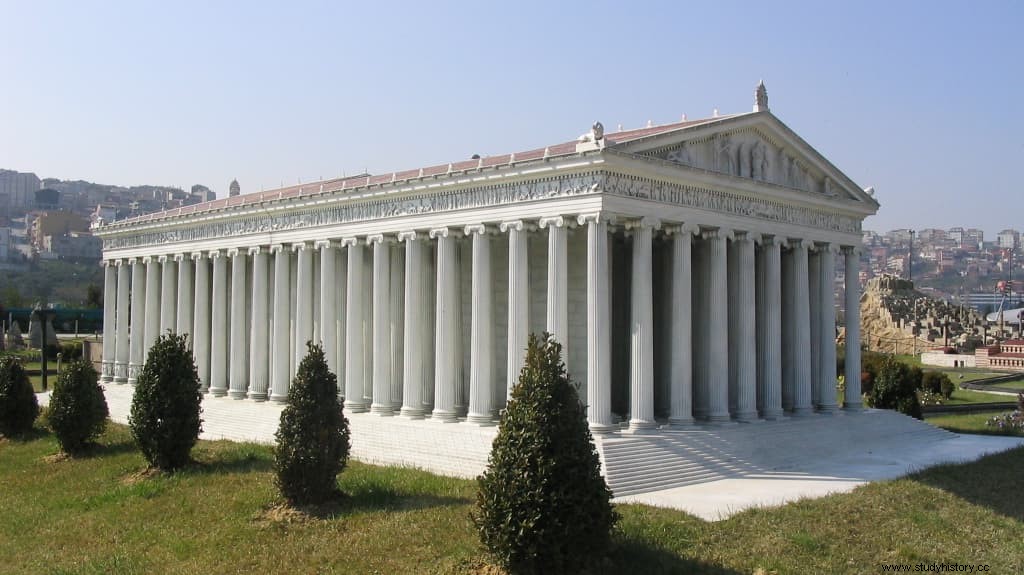
That architectural monument was so impressive that Herodotus included it among the Seven Wonders of the World next to the Great Pyramid of Giza, the Mausoleum of Halicarnassus, the Hanging Gardens of Babylon, the Colossus of Rhodes, the statue of Zeus in Olympia and the Lighthouse of Alexandria.
Herostratus was eventually executed but he succeeded. Moreover, not only did he pass into posterity but his name has given rise to a term that describes that subject who commits a criminal act for notoriety: erostratismo .
